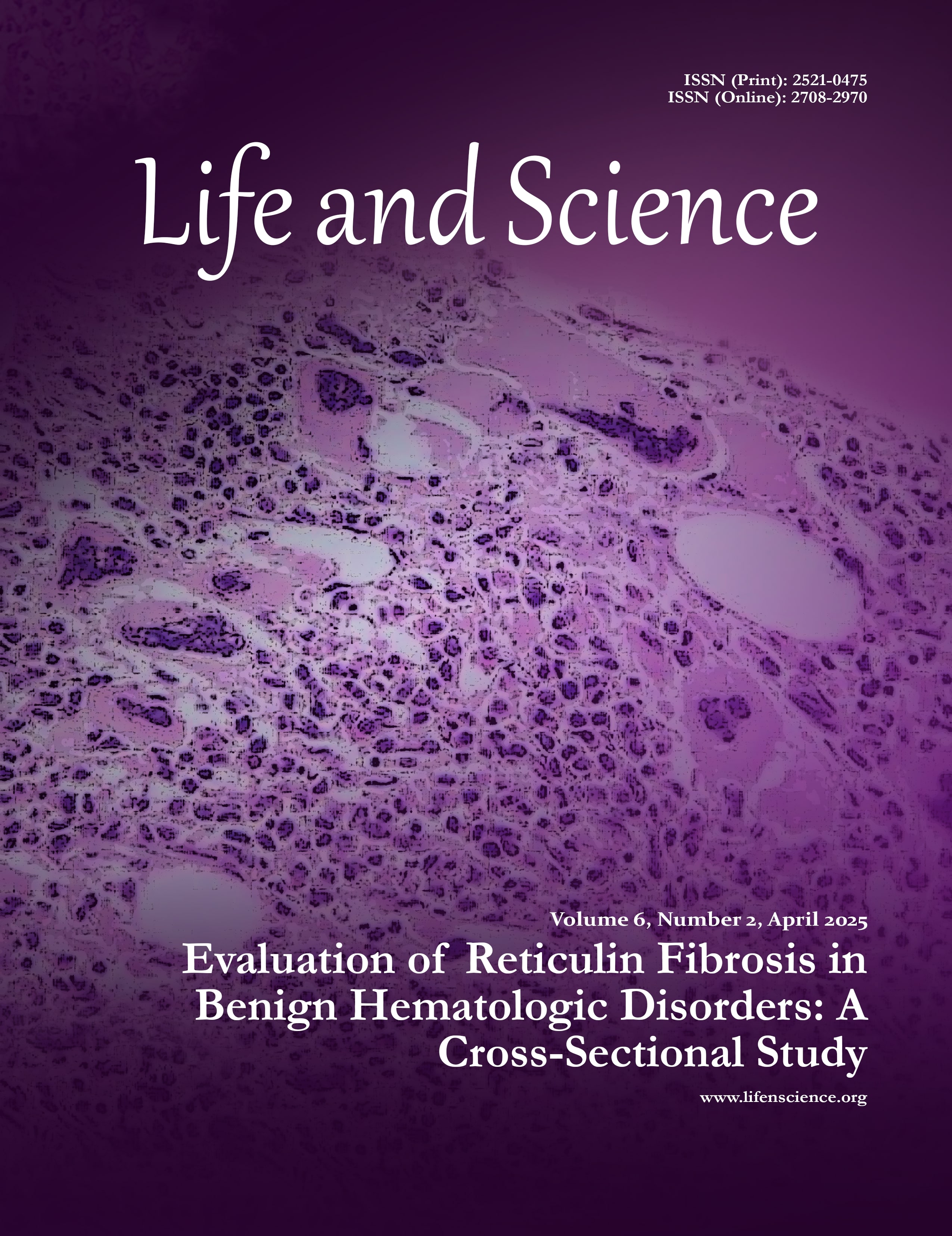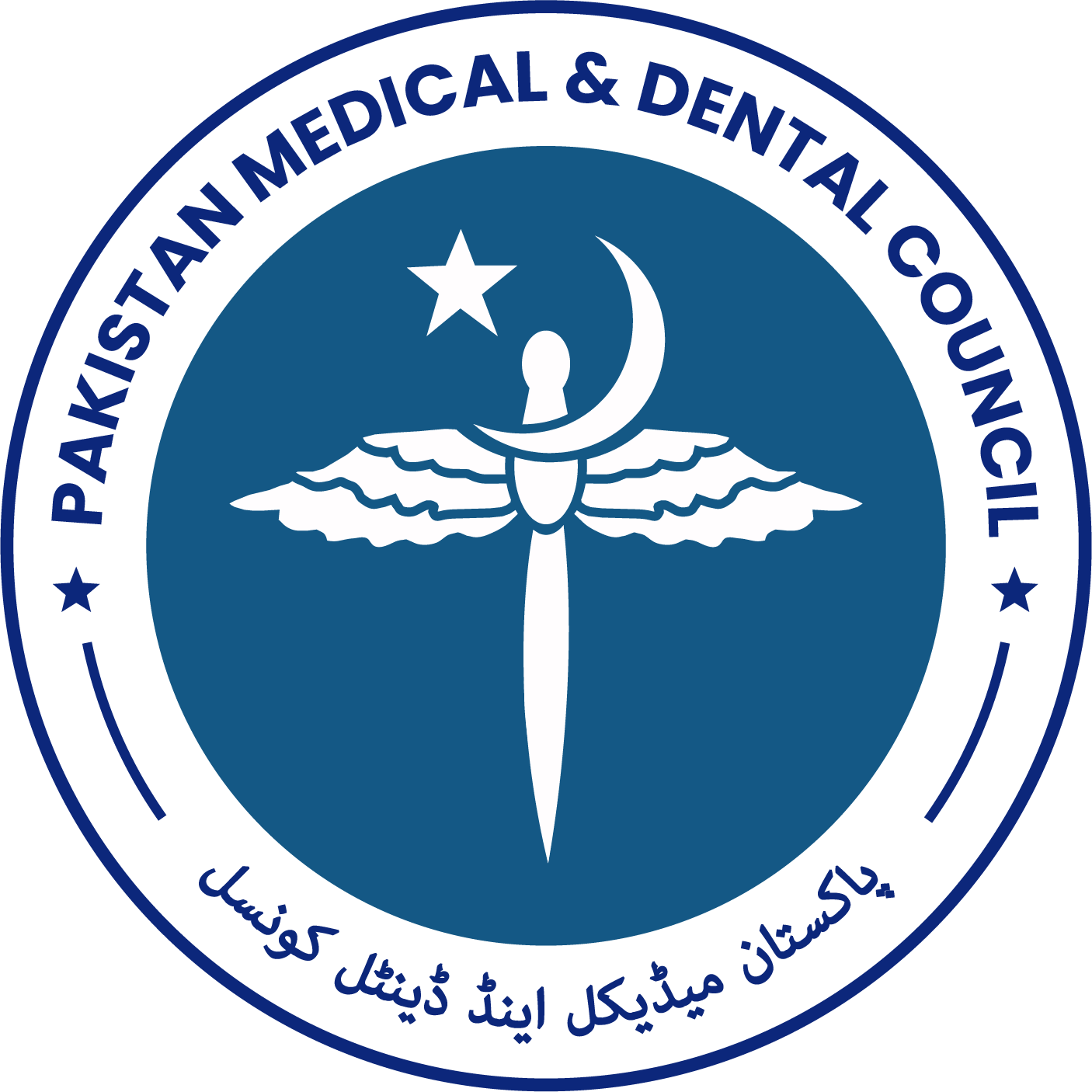Association between Maternal Obesity and Large for Gestational Age Infants in Pre- Eclampsia: A Prospective Cohort Study, Bahawalpur
Abstract
Objective: To determine the association between maternal obesity and large infants in pre-eclampsia.
Study Design: Prospective, cohort study.
Place and Duration of Study: This study was conducted at the Department of Obstetrics and Gynecology,
Combined Military Hospital, Bahawalpur, Pakistan from 11th January 2020 to 10th July 2020.
Methods: Overall, 94 pre-eclamptic women of 18-35 years of age with a single gravidity of >28 gestational age
were included. Women who were identified with diabetes, chronic high blood pressure, and alcoholism were
excluded. All women with a BMI >30kg/m2 should be in group A, and those with a BMI 2 ≤30 kg/m2 in group B.
Cases were tracked until delivery, and productive variables like a large for gestational age infant were noted. A
numerical breakdown was executed using SPSS version 20.0. Age, gestational Age, parity, gravidity, and BMI
were described as average and standard deviation. Occurrence and ratio were considered for qualitative
variables like socioeconomic status (poor/middle/upper), and large for gestational age newborns (yes/no) in
respective groups. Outcome transformers like Age, gestational Age, parity, gravidity, and socioeconomic status
were precisely stratified, and post-stratification chi-square was used to observe the result on consequence. P value ≤0.05 was measured as substantial. Relative risk was calculated, and >1 was taken as significant.
Results: The average age of females in Group A was 27.06±3.15 years, and in Group B, it was 27.34±3.07 years.
Widely, the patients 76 (80.85%) were between 18 and 25 years of Age. The frequency of LGA in Group A
(exposed group) was 21 (44.68%), whereas in Group B (unexposed group), it was 9 (19.15%), which showed a P value of 0.013.
Conclusion: This research determined that maternal obesity in pre-eclampsia is linked with higher chances of
large for gestational age newborns.
How to cite this: Nisa Z, Iqbal S, Mirza Ahmad S, Gul R, Parveen S, Wasim Z. Association between Maternal Obesity and Large for Gestational Age Infants in Pre-Eclampsia: A Prospective Cohort Study, Bahawalpur. Life and Science. 2025; 6(1): 230-235. doi: http://doi.org/10.37185/LnS.1.1.637
Copyright (c) 2025 Zaib Un Nisa, Shamsa Iqbal, Mirza Sijeel Ahmad, Reema Gul, Shagufta Parveen, Zahra Wasim

This work is licensed under a Creative Commons Attribution-NonCommercial 4.0 International License.

















